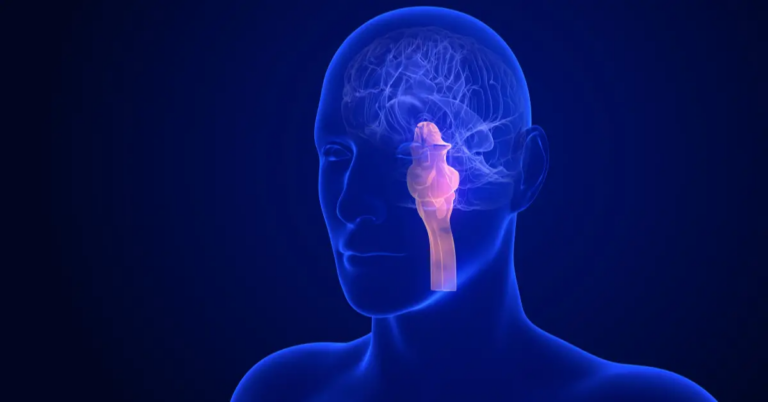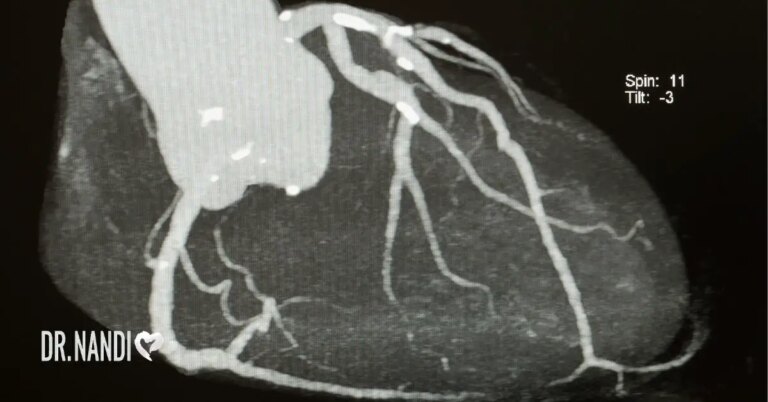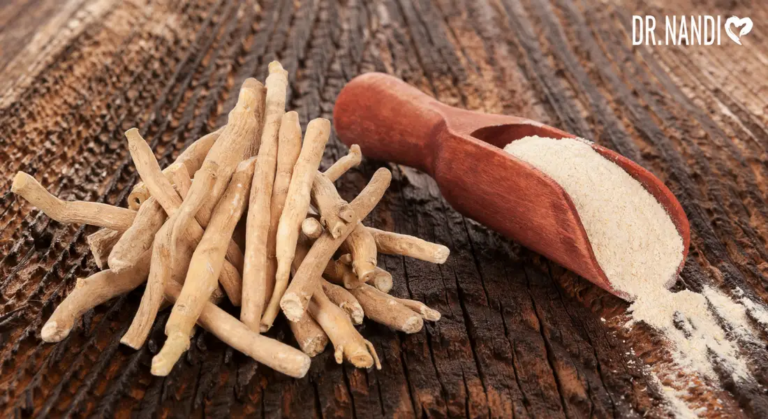Do you know that 116 million Americans, that’s nearly one out of every two adults, suffer from hypertension, also known as high blood pressure? These high numbers are very concerning, especially among the older generation.
Health Risks of Hypertension?
Blood pressure is the strength with which the blood travels through the artery’s inner walls. Typically our blood pressure varies throughout the day, naturally rising in the morning and falling when you are asleep or relaxing. It also increases temporarily when you are exercising, stressed, or excited. However, people experiencing hypertension display high blood pressure levels when at rest, increasing their risk for heart attack, stroke, heart failure, kidney problems, weaker bones, and many other severe health conditions.
Consequently, it is crucial to be aware of the risk factors for hypertension and ways to prevent it.
Hypertension Risk Factors
Some common factors that can lead to high blood pressure are:
- Excessive consumption of alcohol and tobacco.
- A diet high in cholesterol, salt, and fat.
- Lack of physical activity.
- Stress.
- Being overweight.
- Some forms of birth control.
While all the above risk factors can often be managed, some others can not, like:
- Genes, race, and family history.
- Old age. Even if you don’t suffer from hypertension by age 65, you can have a 90% chance of developing it in your lifetime.
Breathing: The Key of a Better Life
Breathing is something that does not tend to occupy our mind every moment of our life. However, breathing is crucial for our survival. Breathing is the force that powers our body and the systems contained within it. We breathe about 22,000 times a day, and not a single breath would be possible without the help of our breathing muscles, as the lungs possess no skeletal muscle of their own. Therefore breathing depends mainly on the diaphragm, the intercostal muscles (muscles between the ribs), the muscles in the neck, and the abdominal muscles.

Breathing May Lower Blood Pressure
As we noted above, the breathing muscles are crucial for proper breathing. Therefore, keeping them in good shape should be a top priority. Breathing workouts are how to do that. A 2021 study about reducing blood pressure by practicing High-Resistance Inspiratory Muscle Strength Training (IMST) offers more detail. The IMST technique was developed in the 1980s to help patients in critical condition due to respiratory illness to strengthen their diaphragm and the other inspiratory muscles. The IMST proved to be beneficial for enhancing the breathing muscles and was easily accessible to many people, compared to other exercise routines that may be costly or take a lot of time.
The suggested breathing workout only takes five minutes, which makes it accessible while also being efficient.
In the study conducted by the assistant research professor in the Department of Integrative Physiology at the University of Colorado, Daniel Craighead showed that the control group of ages between 50 and 79 which performed 30 inhalations per day at high resistance, six days per week significantly lower their systolic blood pressure drop nine points on average. Also, the same group saw a 45% increase in the arteries’ ability to expand when stimulated, together with a rise in the nitric oxide levels, which usually decrease with age.
What does all this mean for you? Take a deep breath, and keep doing it! The benefits of breathing well are undeniable, and just as you can train your other muscles through exercise, you can train your breathing muscles too.

My Personal RX
As a physician, I understand the importance of addressing both the physical and mental aspects of health to effectively manage conditions like hypertension. Thus, I would recommend incorporating the following practices and products into your daily routine for better health:
- Maintaining a Balanced Diet: Healthy eating habits can significantly influence blood pressure levels. Prioritize a diet rich in fruits, vegetables, lean proteins, whole grains, and low-fat dairy products. Minimize your intake of foods high in saturated fats, cholesterol, and sodium.
- Regular Exercise: Try to incorporate at least 30 minutes of moderate aerobic activity, such as walking, cycling, or swimming, into your routine most days of the week. Regular exercise can help lower your blood pressure and maintain a healthy weight, which is crucial in managing hypertension.
- Connecting with Nature: Spending time outdoors can help balance stress and promote overall well-being. Even a simple walk in the park can have profound effects on stress levels and cardiovascular health.
- Calm the Chaos Meditation Series: Meditation can be a powerful tool in managing stress and promoting calmness. I recommend downloading my free ‘Calm the Chaos’ meditation series. Regularly practicing mindfulness can have a positive impact on both mental and physical health.
- Pure NAC Supplement: N-acetylcysteine, or NAC, is a supplement known for its antioxidant properties. It can support cardiovascular health by reducing oxidative stress and inflammation. I recommend taking my Pure NAC supplement as part of your regular health regimen.
Remember, your health is your wealth. Take proactive steps today to control hypertension and enjoy a healthier, happier tomorrow.

Sources:



















